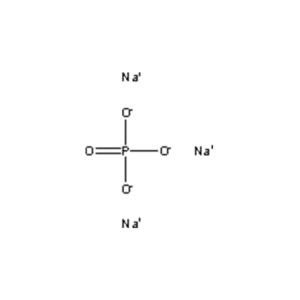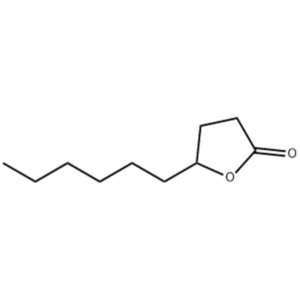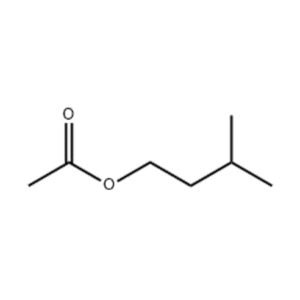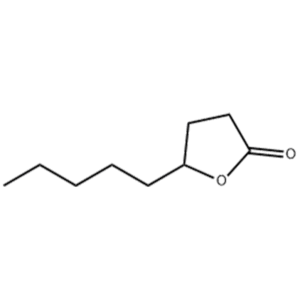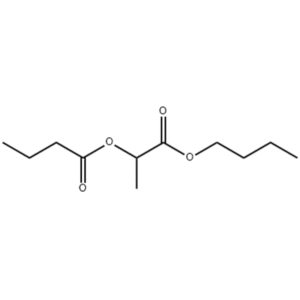【CAS】
7601-54-9(Anhydrous);
10101-89-0(Dodecahydrate )
Alias: TSP; Sodium phosphate tribasic
Molecular formula: Na3PO4; Na3PO4·H2O; Na3PO4·12H2O
Relative molecular mass: 163.94
【Structural Formula】
1. Product Property
Food-grade trisodium phosphate is a white crystalline powder or granular solid, highly soluble in water, forming a strongly alkaline solution (pH 11.5–12.5). It is hygroscopic and decomposes at 73.4°C (dodecahydrate form). It acts as an emulsifier, pH regulator, and preservative in food processing. Due to its corrosive nature, proper handling is required to prevent skin irritation.
2. Quality Standards
| Parameter | Specification (Food Grade) |
| Assay (Na₃PO₄) | ≥ 97.0% (Anhydrous) / ≥ 92.0% (Dodecahydrate) |
| P₂O₅ Content | ≥ 39.83% |
| Heavy Metals (Pb) | ≤ 0.001% (10 ppm) |
| Arsenic (As) | ≤ 0.0003% (3 ppm) |
| Fluoride (F) | ≤ 0.005% |
| Water Insolubles | ≤ 0.2% |
| pH (1% solution) | 11.5–12.5 |
| Loss on Ignition | ≤ 2.0% (Anhydrous) / 45–57% (Dodecahydrate) |
3. Application Scope and Usage
Trisodium phosphate is widely used in the food industry as a pH regulator, emulsifier, and preservative. It enhances texture in processed cheese, meats, and baked goods by stabilizing proteins and improving water retention. In beverages, it prevents sedimentation. It also serves as a cleaning agent for food equipment (CIP systems) due to its degreasing properties.Regulatory limits (e.g., GB 2760) ensure safe usage levels. However, excessive intake may affect kidney function, requiring controlled application. Industrial uses include water softening, detergent formulations, and metal treatment.
4. Package and Storage
Food-grade TSP is typically packed in 25 kg polyethylene-lined woven bags or sealed HDPE containers to prevent moisture absorption. Storage should be in a cool, dry, well-ventilated area, away from acids and humidity. Prolonged exposure to air causes caking due to hygroscopicity. Avoid contact with metals to prevent corrosion. Shelf life is 24 months under optimal conditions. Transport as a non-hazardous material, but ensure containers are intact to avoid leaks. Workers should use gloves and goggles due to potential skin/eye irritation.


